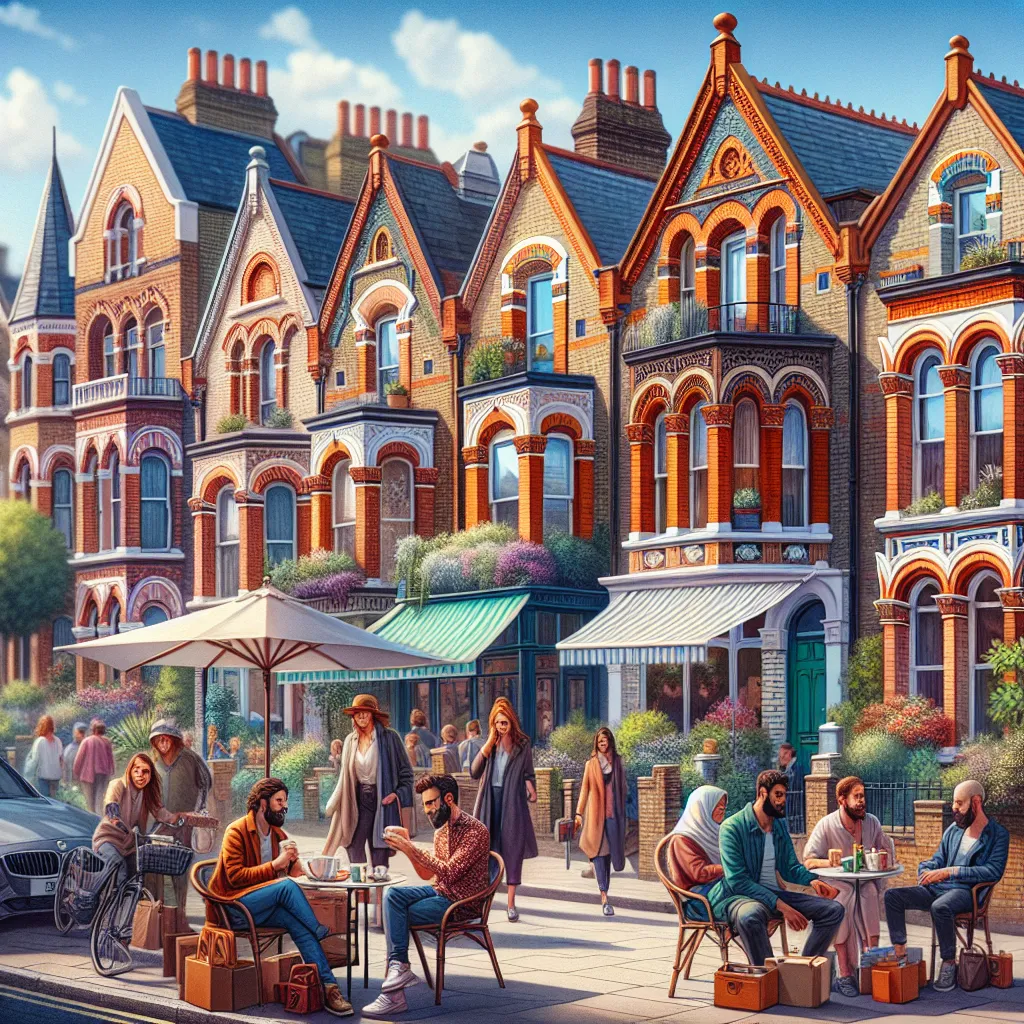Nestled in the heart of Hampstead, London, Lyndhurst Road embodies a unique blend of historical significance and modern residential appeal. This charming street, once part of a rural escape on the outskirts of the burgeoning capital, now stands as a testament to London’s relentless expansion and architectural evolution. Why does this street, with its Victorian origins and notable residents, continue to captivate the imagination of Londoners and visitors alike? Let’s delve into the history and allure of Lyndhurst Road.

A Historical Tapestry: From Rural Retreat to Urban Haven
Lyndhurst Road began as a serene path known as Chestnut Walk, tracing its roots back to the Rosslyn House estate. By the mid-19th century, as London sprawled outward, the area transformed into a residential hub. The street’s name pays homage to Lord Lyndhurst, reflecting a tradition of naming streets after distinguished figures, much like its neighbor, Rosslyn Hill.
Important Landmarks and Architecture
- Rosslyn House: Although demolished in 1896, the estate’s legacy is etched in the street’s character.
- Victorian Era Influence: Many original structures remain, showcasing the period’s architectural elegance.
Notable Residents and Cultural Significance
Lyndhurst Road has played host to a variety of influential figures, including the illustrious actor Richard Burton. His presence on the street is commemorated with a blue plaque, a nod to the vibrant cultural tapestry that Lyndhurst Road weaves into London’s narrative.
The Road’s Contributions to Local Culture
- Lyndhurst Hall: A cultural cornerstone, this hall has served as a community gathering place, reflecting the area’s rich communal spirit.
- Congregationalist Church: Once a spiritual anchor for the community, it highlights the street’s diverse heritage.
Modern-Day Lyndhurst Road: A Blend of Heritage and Convenience
Today, Lyndhurst Road is not just a relic of the past but a thriving residential street that balances its historical roots with modern convenience. The nearby Lyndhurst Road Community Centre exemplifies this blend by offering a versatile space for events and gatherings, equipped with modern amenities and accessible transport links.
Community Centre Amenities
| Facility | Description |
|---|---|
| Main Hall | Spacious area for events |
| Kitchen | Equipped with basic utilities |
| Accessibility | Fully accessible building |
The Role of AnySqft in Enhancing Property Transactions
Navigating property transactions in such a historically rich area can be daunting. This is where AnySqft’s AI-driven platform comes into play, revolutionizing the buying, selling, and renting processes. By leveraging extensive market data, AnySqft ensures a seamless and informed property journey, helping you find the perfect slice of Lyndhurst Road to call home.
Conclusion
Lyndhurst Road is more than just a street; it’s a living narrative of London’s evolution. From its origins as a rural retreat to its current status as a sought-after residential area, Lyndhurst Road offers a unique blend of history, culture, and modernity. As we walk through its storied past and vibrant present, Lyndhurst Road continues to beckon those who seek a piece of London’s rich tapestry.
Lyndhurst Road
Lyndhurst Road is a charming residential street located in Hampstead, London. It boasts a rich history, once part of the Rosslyn House estate, and features Victorian architecture.
Key Features:
- Historical Significance: Named after Lord Lyndhurst, reflecting London’s cultural heritage.
- Notable Residents: Home to figures like actor Richard Burton, commemorated with a blue plaque.
Community Hub:
- Lyndhurst Road Community Centre: A space for events and gatherings.
For those interested in property transactions in this desirable area, AnySqft offers an innovative platform to simplify buying, selling, and renting properties. Explore more at AnySqft.